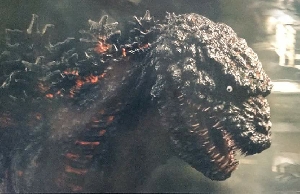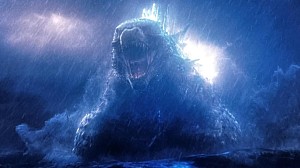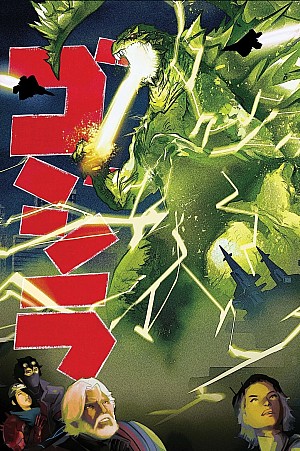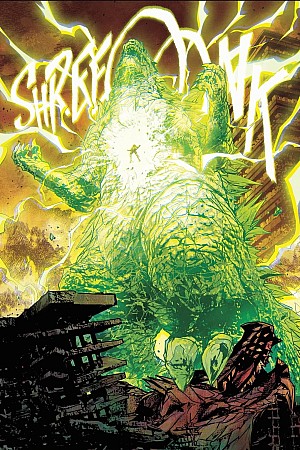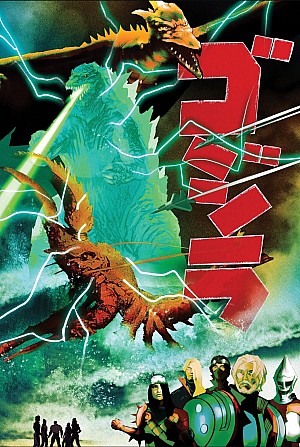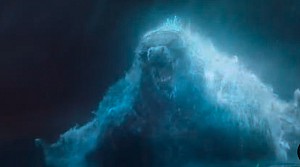This post was published by a guest. The views expressed are those of the author and do not necessarily reflect the views of godzilla-movies.com.
The roar of a monstrous kaiju, the crumbling of skyscrapers, the frantic evacuation of millions: these are the hallmarks of a classic Godzilla attack. Many dismiss these spectacles as fantasy, yet they double as a potent, destructive masterclass in urban planning. Beyond the thrilling special effects, the recurring devastation and reconstruction in the Godzilla universe shines a spotlight on principles that real-world cities grapple with daily. The power of narrative turns a giant radioactive lizard into a prompt for thinking about infrastructure, emergency response, and community resilience.
For anyone who has pondered the logistics of rebuilding a city after its central business district becomes a monster’s playground, the lessons in these films are invaluable. Whether you’re an aspiring city planner or simply fascinated by the mechanics of urban development, there is plenty to dissect. And if you ever find yourself needing to articulate these complex ideas into a compelling analysis, remember you can always find essay writer website like essayservice.com to help refine your arguments and structure your thoughts into a professional piece.
Lesson 1: Infrastructure That Bends, Not Breaks
Godzilla’s relentless rampages across Tokyo and other metropolitan areas highlight the need for resilient infrastructure. Early entries often depicted cities built for human scale, easily pulverized by a creature of immense mass. Bridges snapped like twigs, buildings disintegrated, and transportation networks stalled. As the franchise evolved, the message sharpened: build for unexpected stressors.
This goes beyond making stronger buildings. It favors systems that absorb impact, isolate damage, and recover quickly. Modern urban planning emphasizes modular infrastructure, decentralized power grids, and flexible, “smart” materials. Picture a bridge with sacrificial elements ready for fast replacement, or a district with redundant utility lines. No city is preparing for a 300-foot lizard, yet the lessons map directly to earthquakes, superstorms, and cyber-attacks. Aim for containment and graceful degradation so one failure never topples the entire network.
Lesson 2: The Art of the Agile Evacuation
Watching crowds flee in terror looks like a spectacle, but the logistics of mass movement are a planner’s puzzle. Godzilla films, particularly Shin Godzilla and Godzilla Minus One, illustrate the value of agile, well-rehearsed evacuation protocols. Early films framed chaos. Later iterations add nuance: designated routes, robust public communication, and pre-identified safe zones.
Beyond the initial panic, success depends on swift and accurate information, traffic flow management, and coordinated multi-agency response. These stories show that a good evacuation moves people out of danger efficiently, equitably, and with minimal secondary harm. The “flow” of a city’s population during a crisis becomes as crucial as the layout of its streets.
Lesson 3: The Imperative of Adaptive Reuse and Rapid Reconstruction
One striking pattern in the Godzilla narrative is repeated destruction followed by rebuilding. This cycle offers a lens on adaptive reuse and fast reconstruction strategies. Recreating the past rarely suffices. The films imply a necessary evolution. New structures incorporate lessons from prior damage, from reinforced foundations to revised materials.
This mirrors real-world recovery, where communities choose to restore, relocate, or reinvent. Planners identify critical assets, set reconstruction priorities, and imagine how a damaged area can return improved. The recurring rebirth of Tokyo’s skyline, often grander and more resilient, functions as a vivid, if fantastical, metaphor for urban renewal born from adversity.
Lesson 4: The Unseen Costs of Neglect and Unchecked Development
Godzilla is the primary agent of destruction, yet many films carry a critique of unchecked development and environmental neglect. Often, his appearance or amplified power stems from human activity such as nuclear testing, pollution, or disturbing ancient ecosystems. The ecological backdrop underscores a core planning lesson: cities operate within larger natural systems.
Ignoring environmental impacts, sprawling without foresight, or failing to integrate green infrastructure creates long-term vulnerabilities. Whether the threat is a radiation-born kaiju or a realistic hazard like rising seas and extreme weather, the takeaway is clear. Sustainable planning is both ethical and essential to survival, and the price of disregarding natural limits can be catastrophic.
Lesson 5: Community Cohesion as the Ultimate Defense
Beyond military force and structural ingenuity, a lasting lesson from the saga, especially in Godzilla Minus One, is the power of community cohesion and collective action. When faced with an existential threat, lone heroics matter less than organized, coordinated efforts. The ability of a populace to pull together, follow instructions, and accept sacrifice for the common good becomes the decisive force.
This translates into social resilience. A city’s strength lives in its people and their capacity to cooperate. Strong local governance, durable community bonds, and equitable access to resources form the groundwork for withstanding any crisis, from a monster attack to a global pandemic. Against a challenge as immense as Godzilla, the real backbone of a city is the collective will of its inhabitants.
Conclusion
We may never face a literal Godzilla attack, yet the cinematic destruction offers a surprisingly effective laboratory for planning theory. From stronger, more adaptable infrastructure to a culture of cooperation, these films provide vivid, exaggerated case studies of the challenges and solutions involved in building and maintaining resilient cities.

What’s Next for Godzilla? Fan Theories, Rumors, and Upcoming Movies
Godzilla is one of the most famous movie characters of all time. The King of the Monsters has been a huge hit with fans since his first debut in 1954....
Explore Multiple Art Styles Instantly with AI Avatar Maker
Digital self-expression is more graphic than ever. Your personal presentation online is usually determined by your choice of style that influences how...

Could You Survive a Kaiju Attack? A Student’s Guide to Emergency Preparedness
The campus buzzes with lectures, deadlines, and the occasional late-night study session. But what if, amidst this academic routine, a seismic tremor r...

